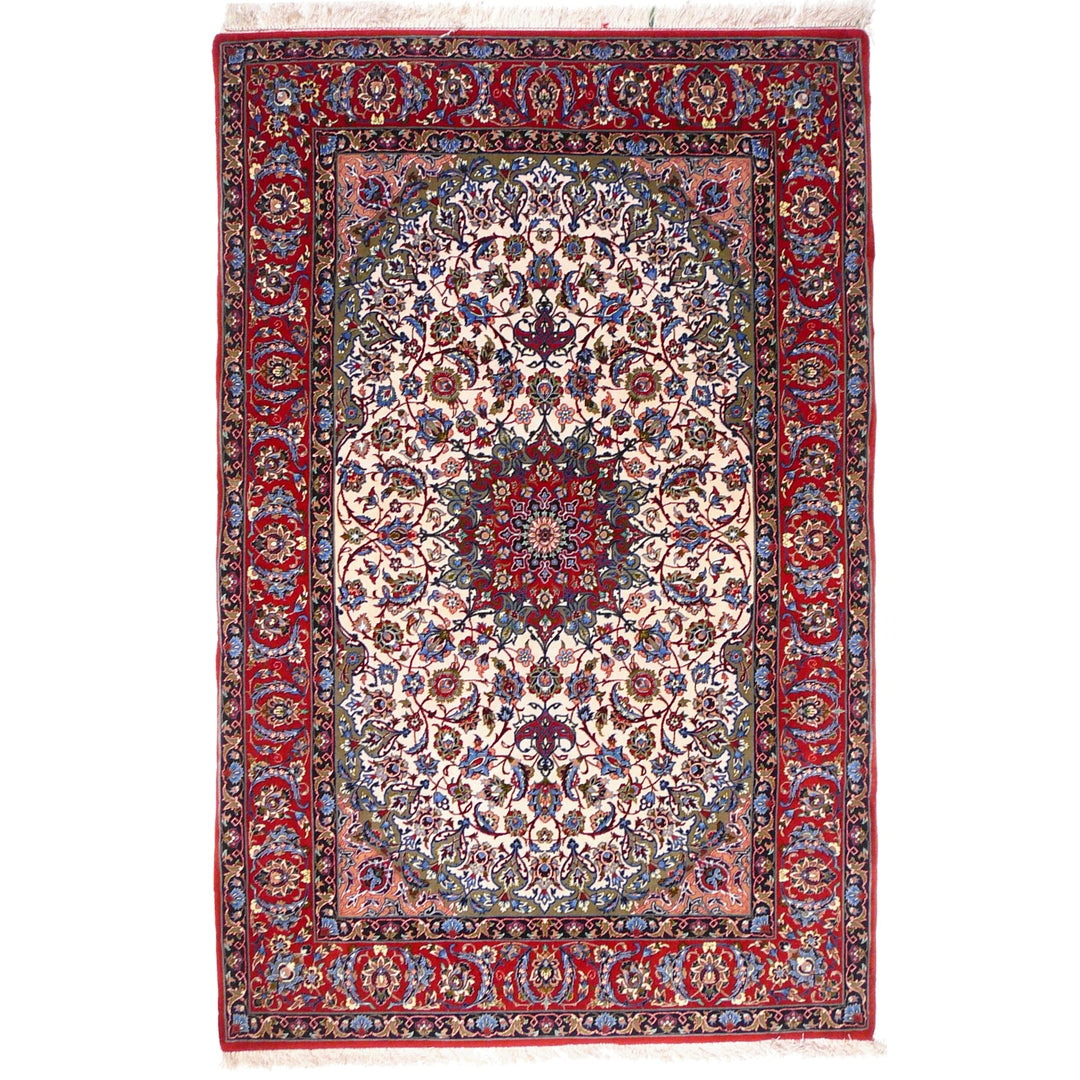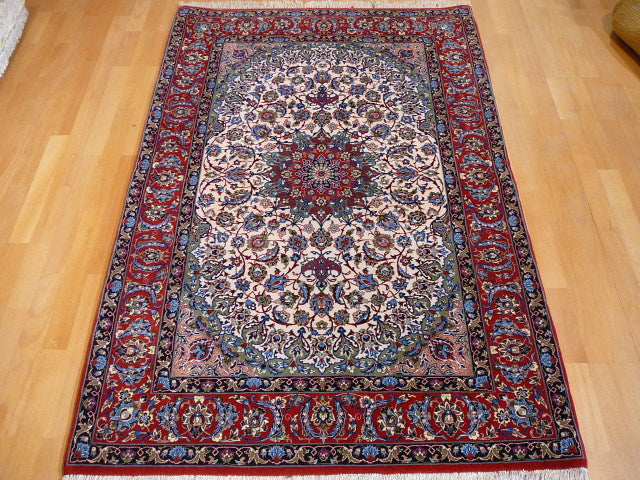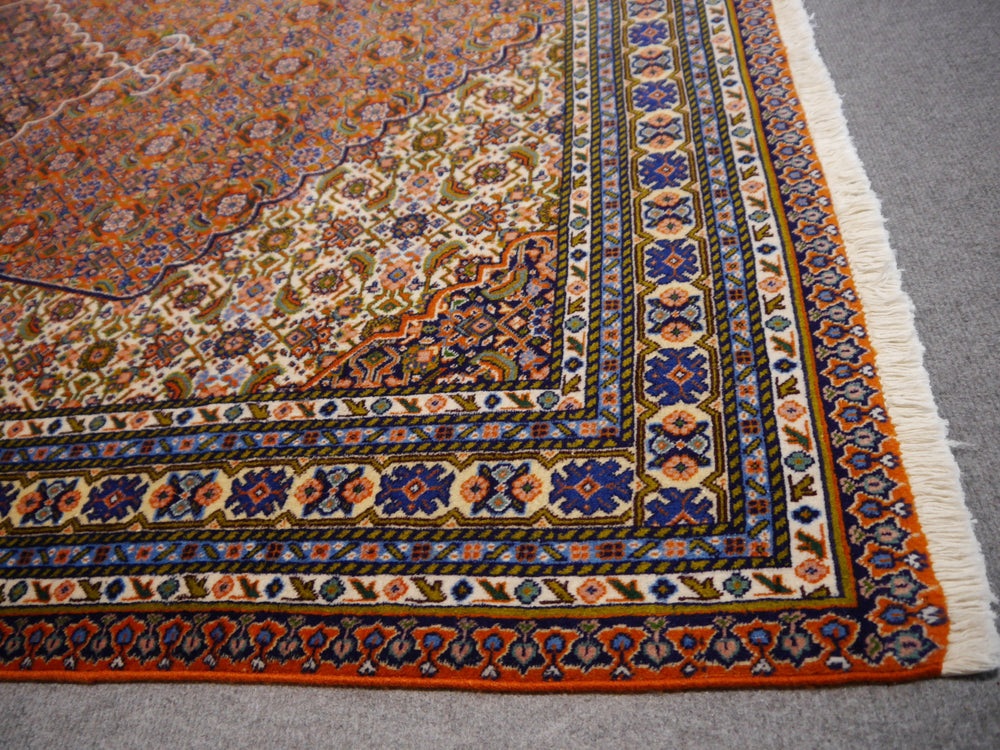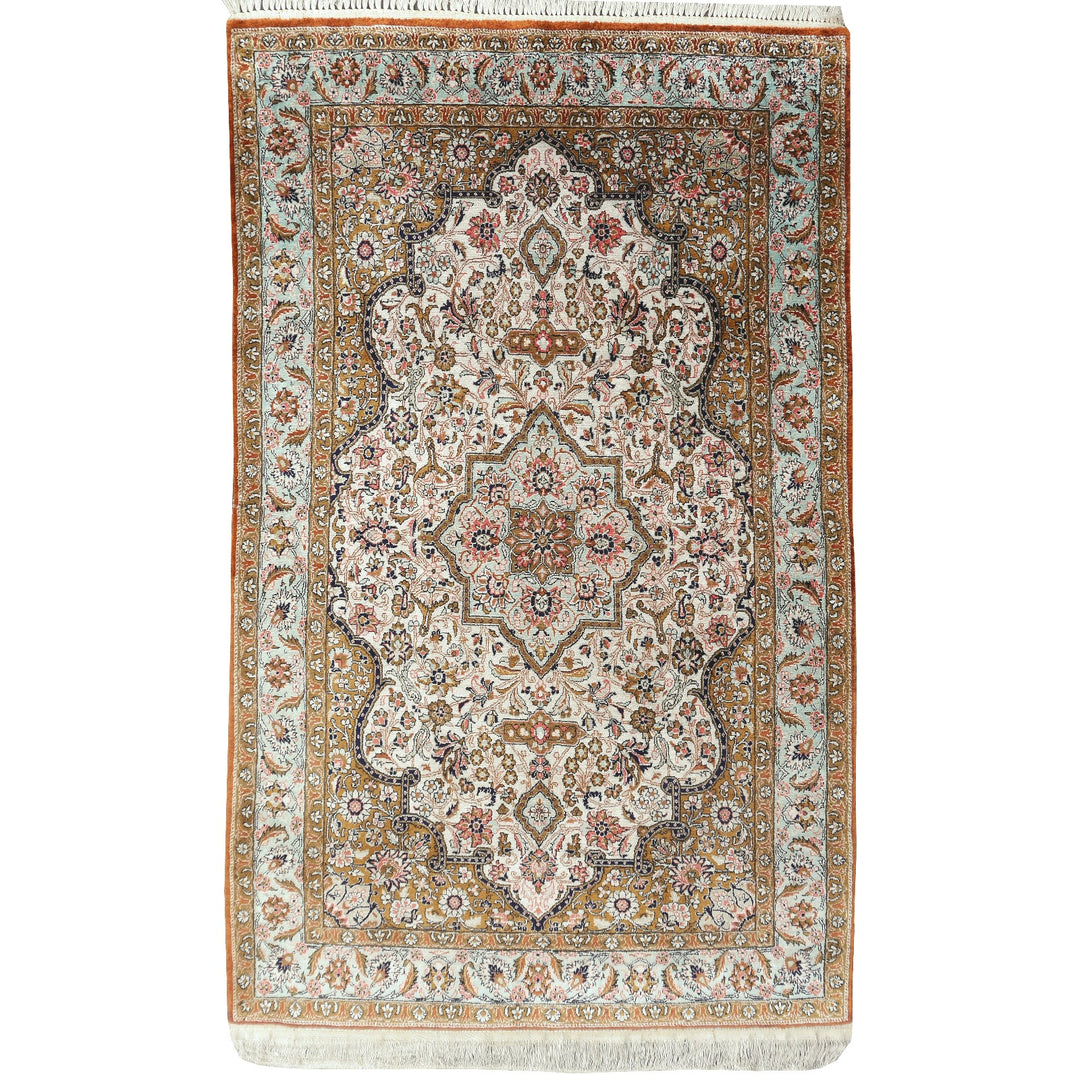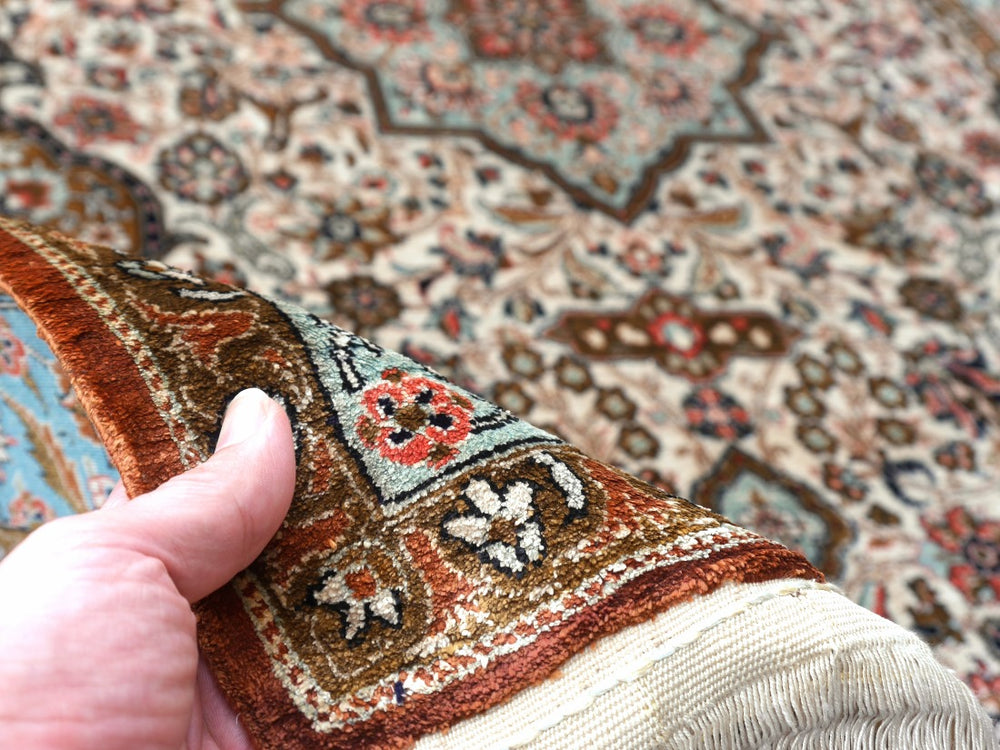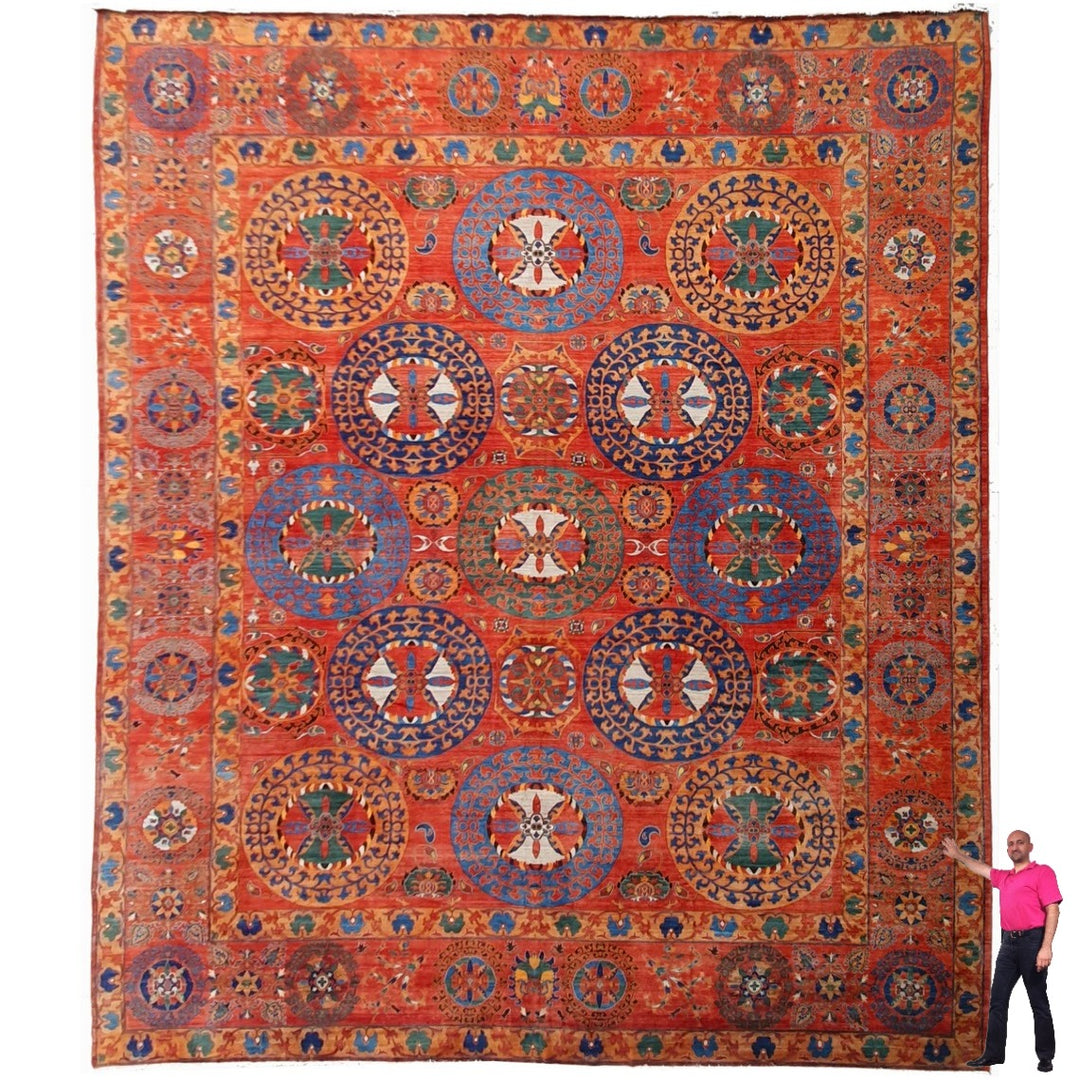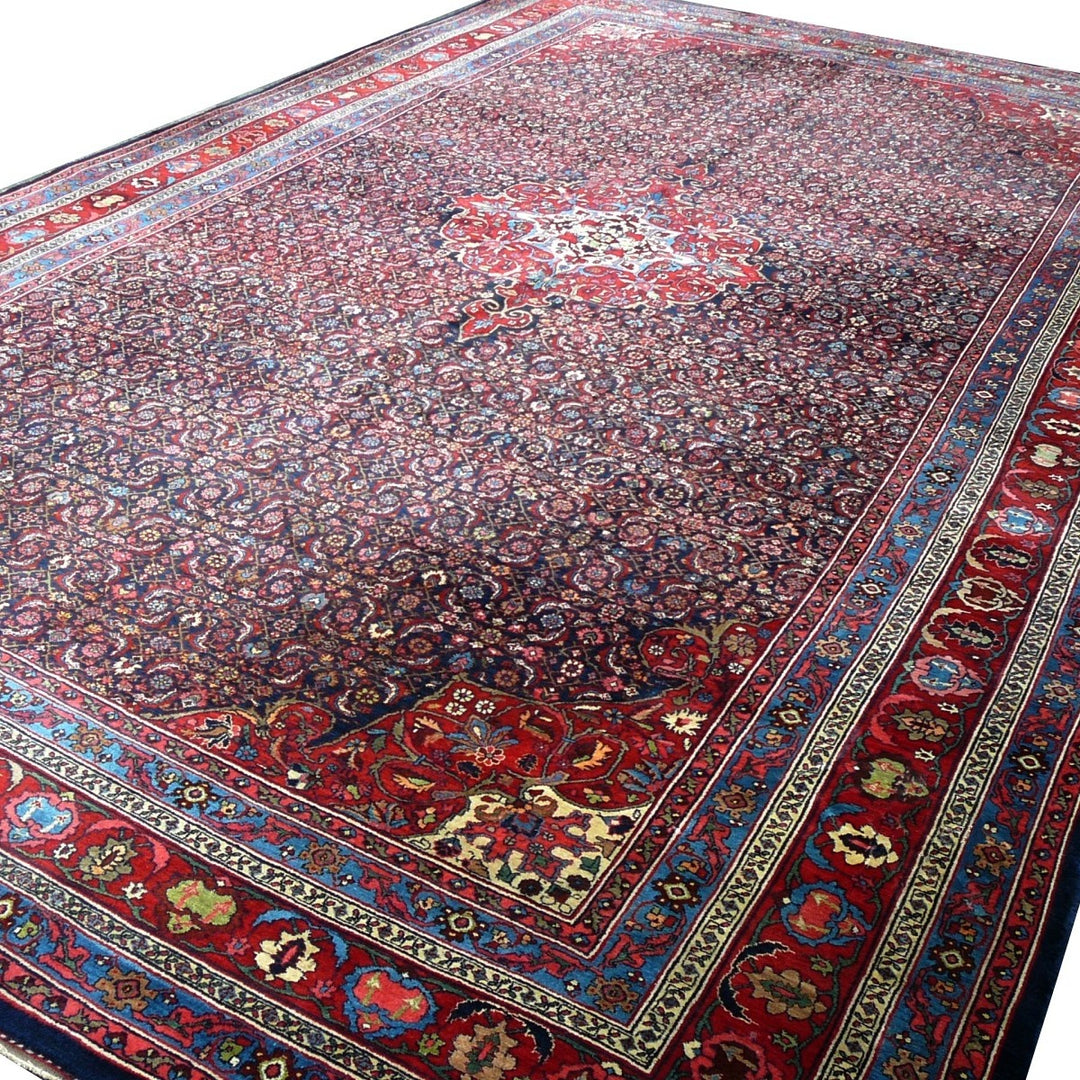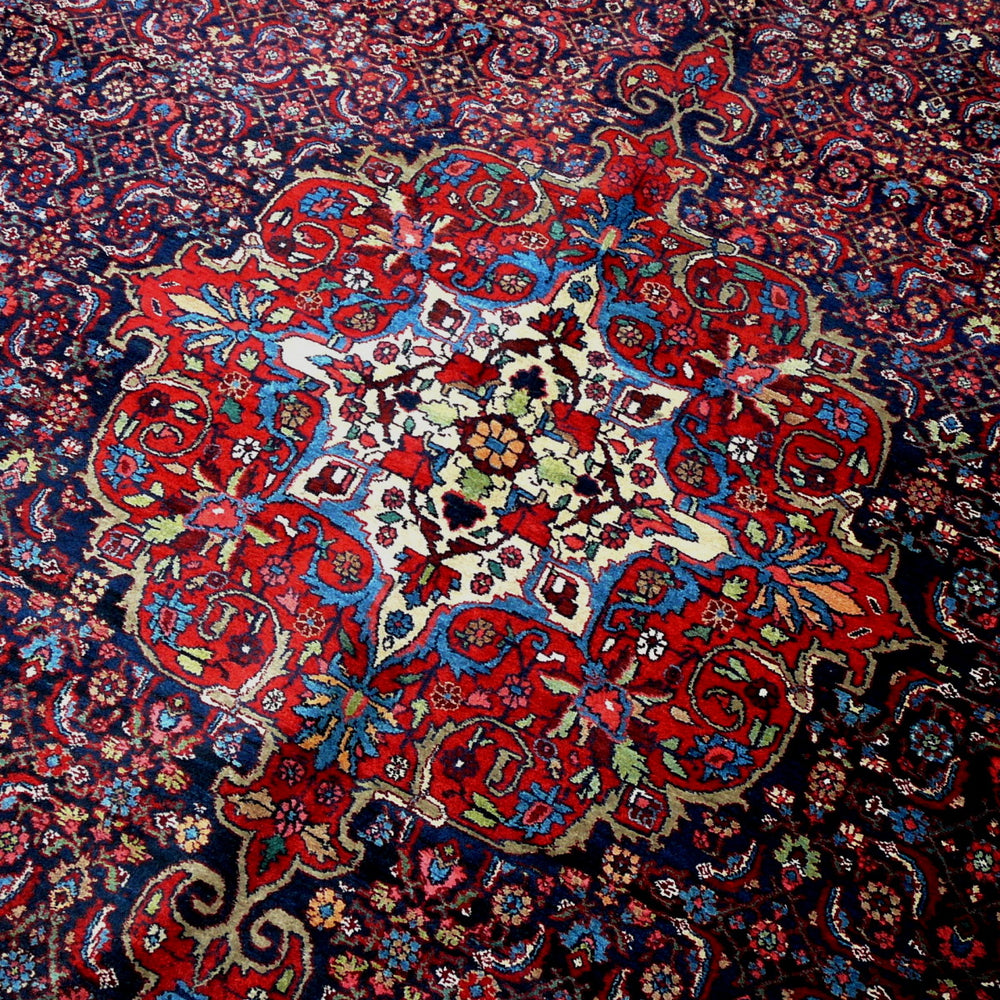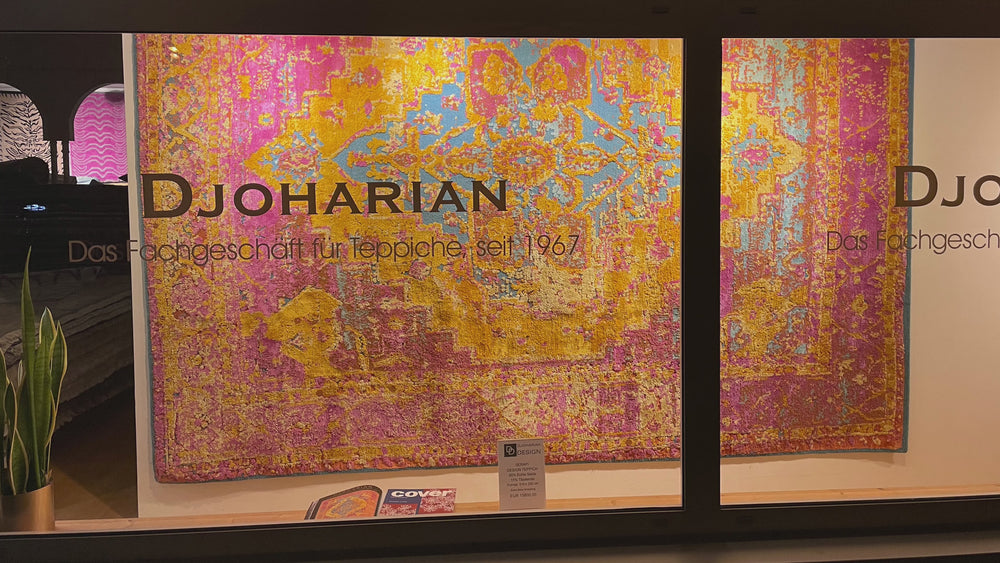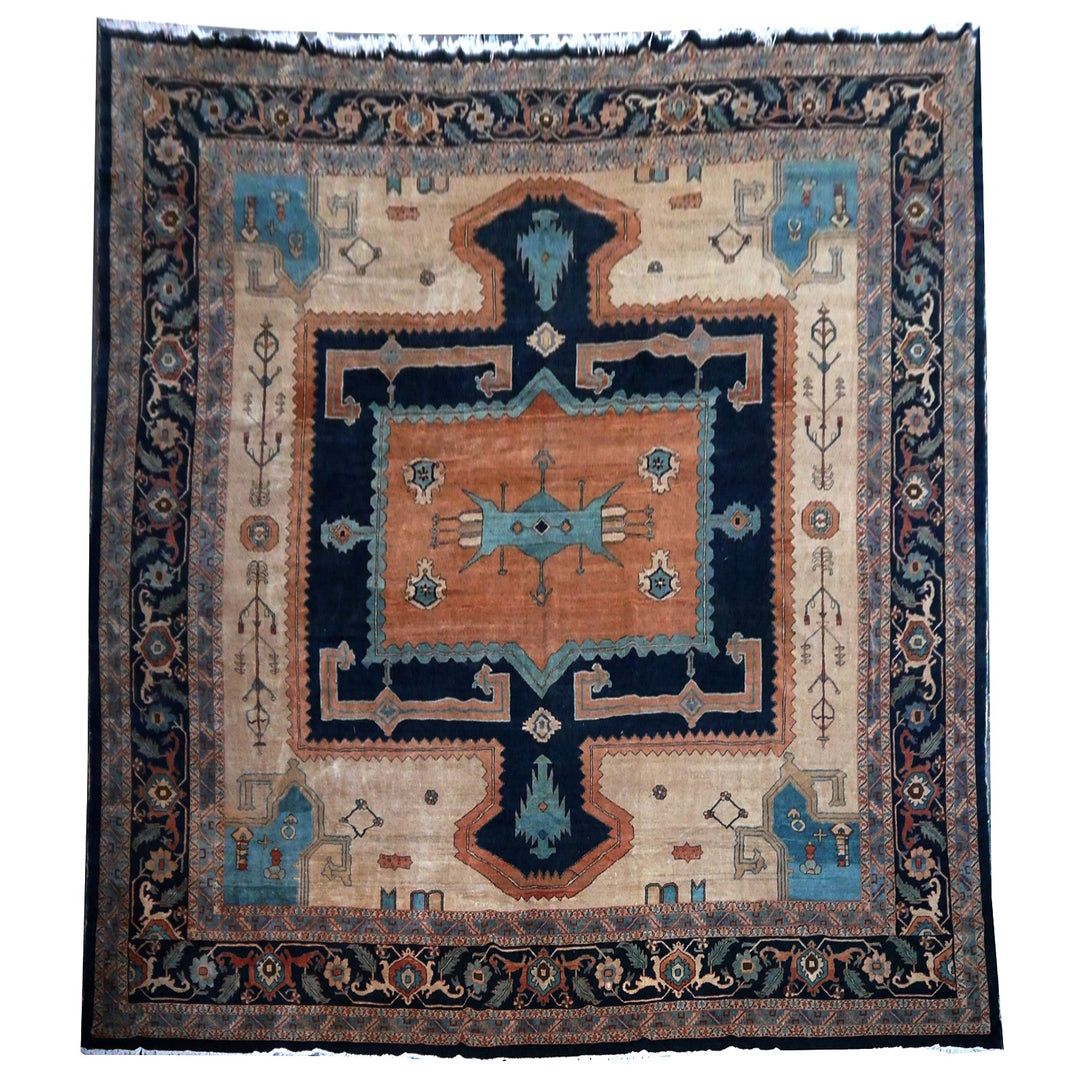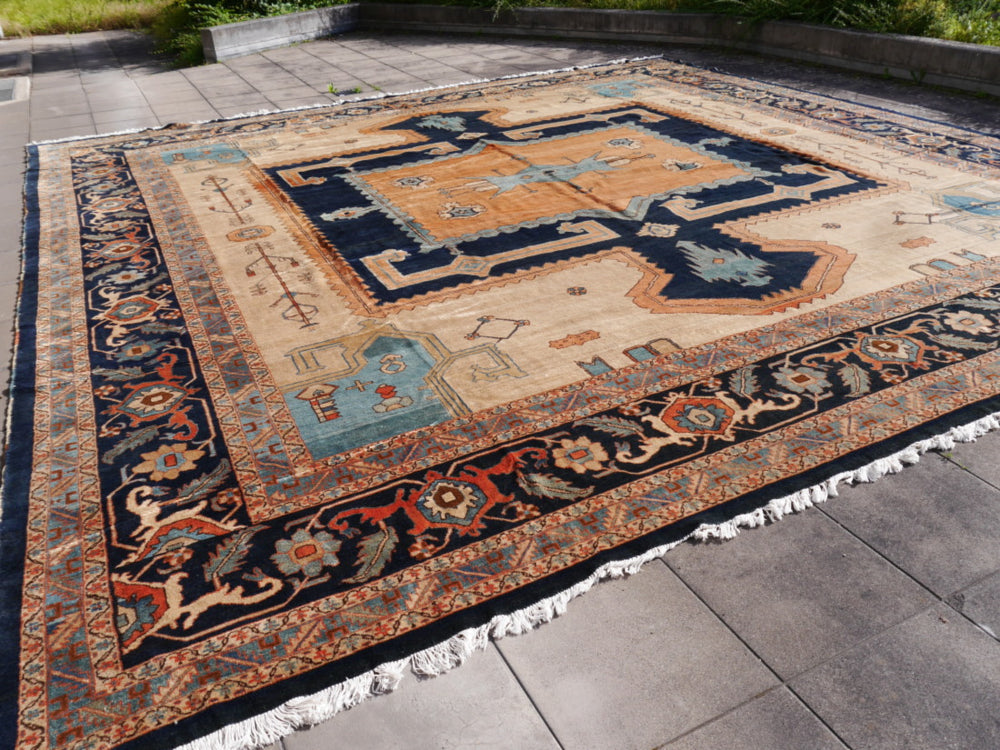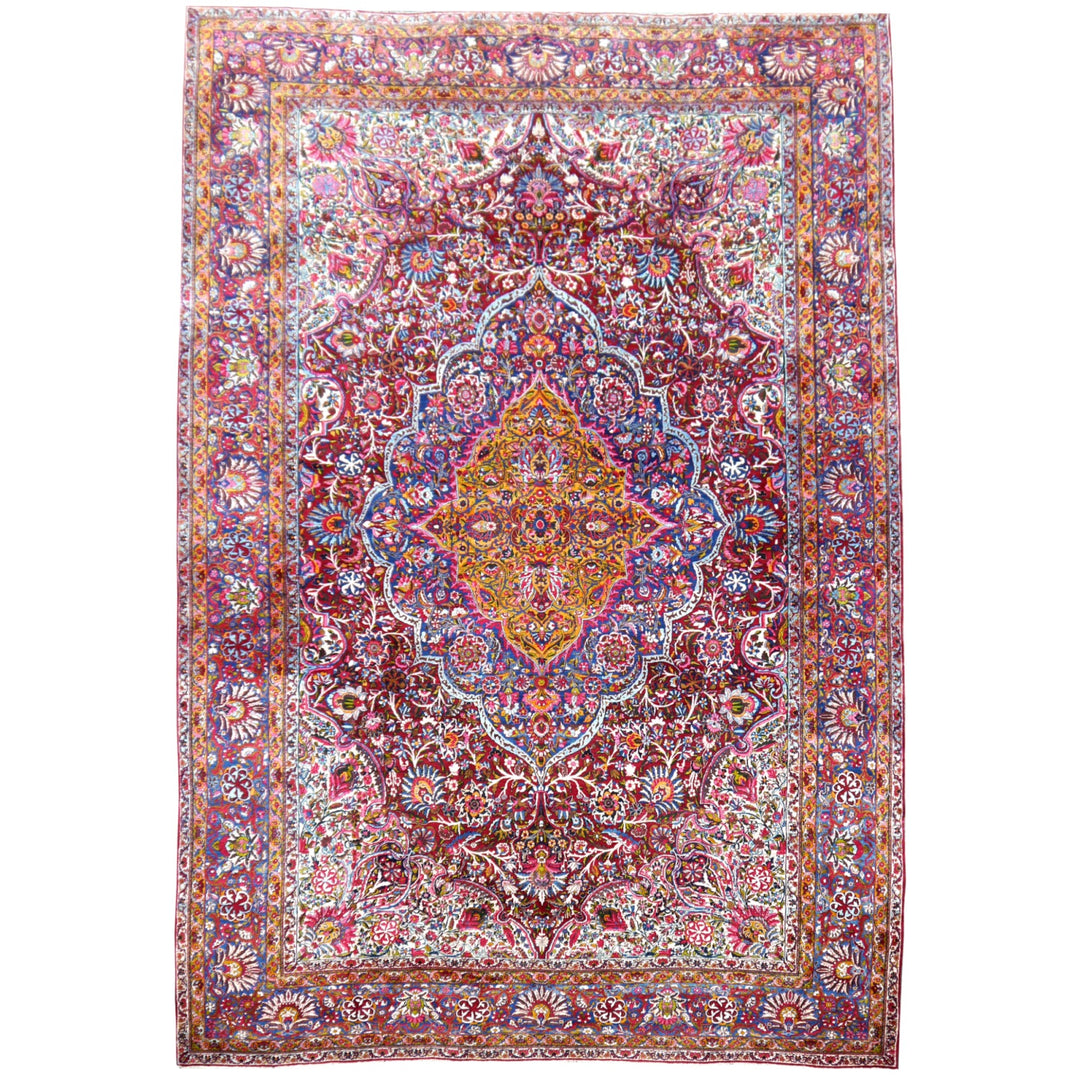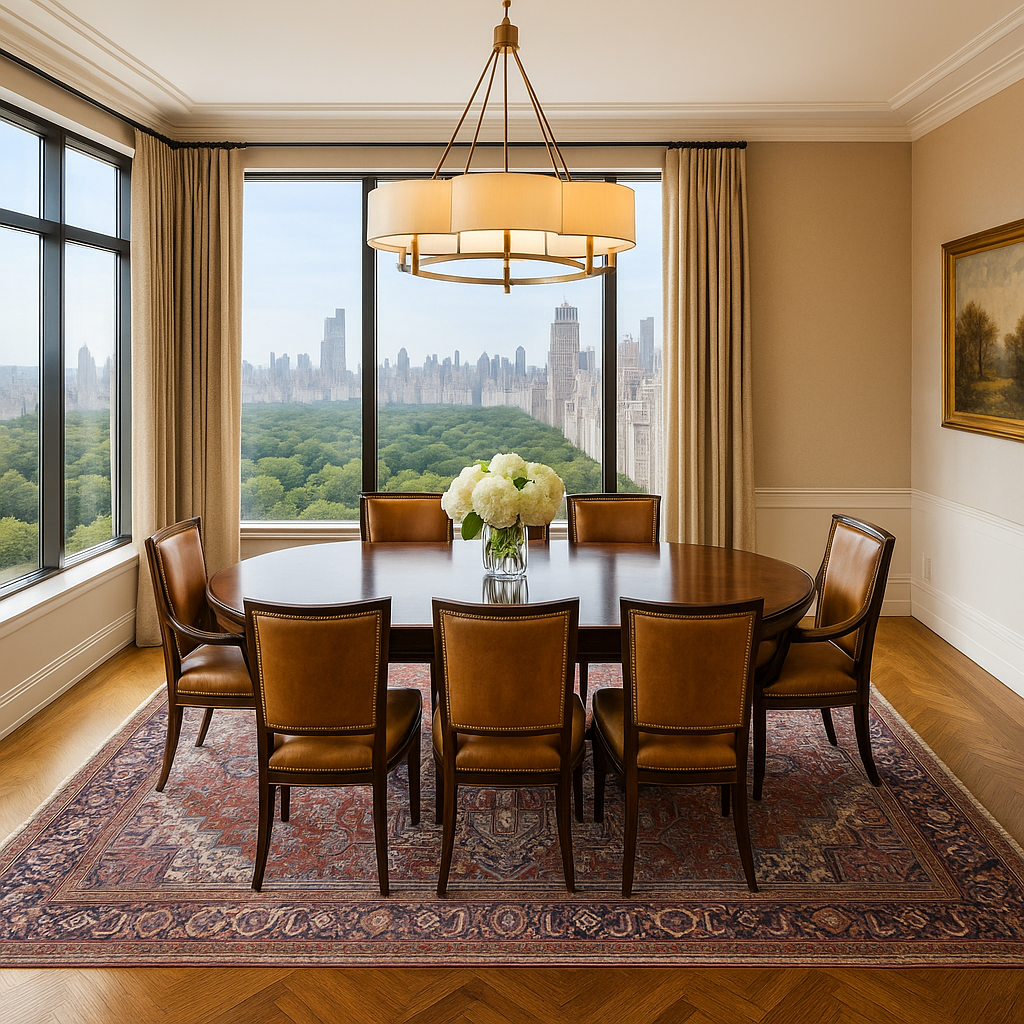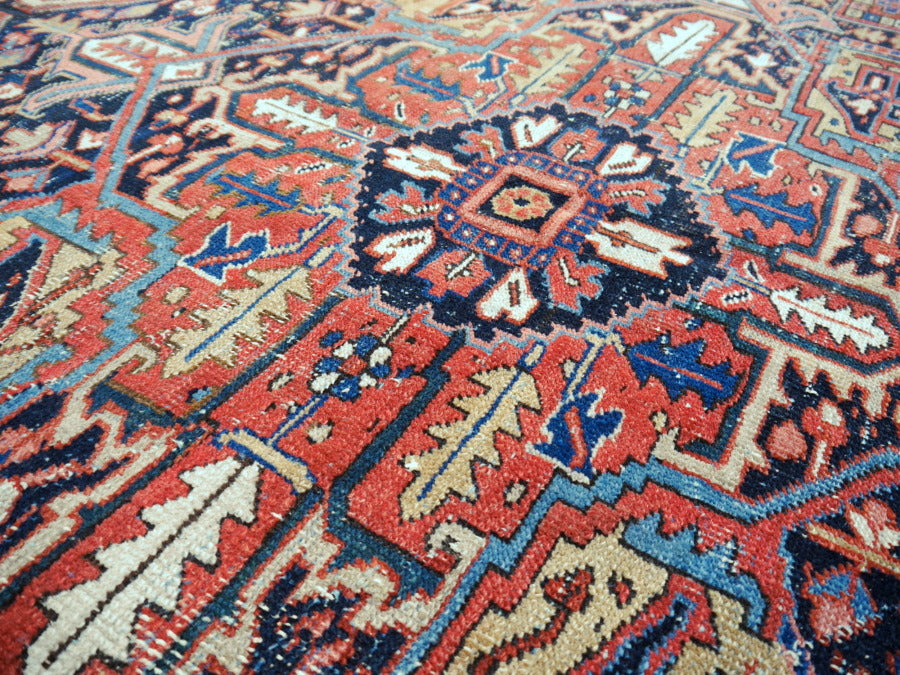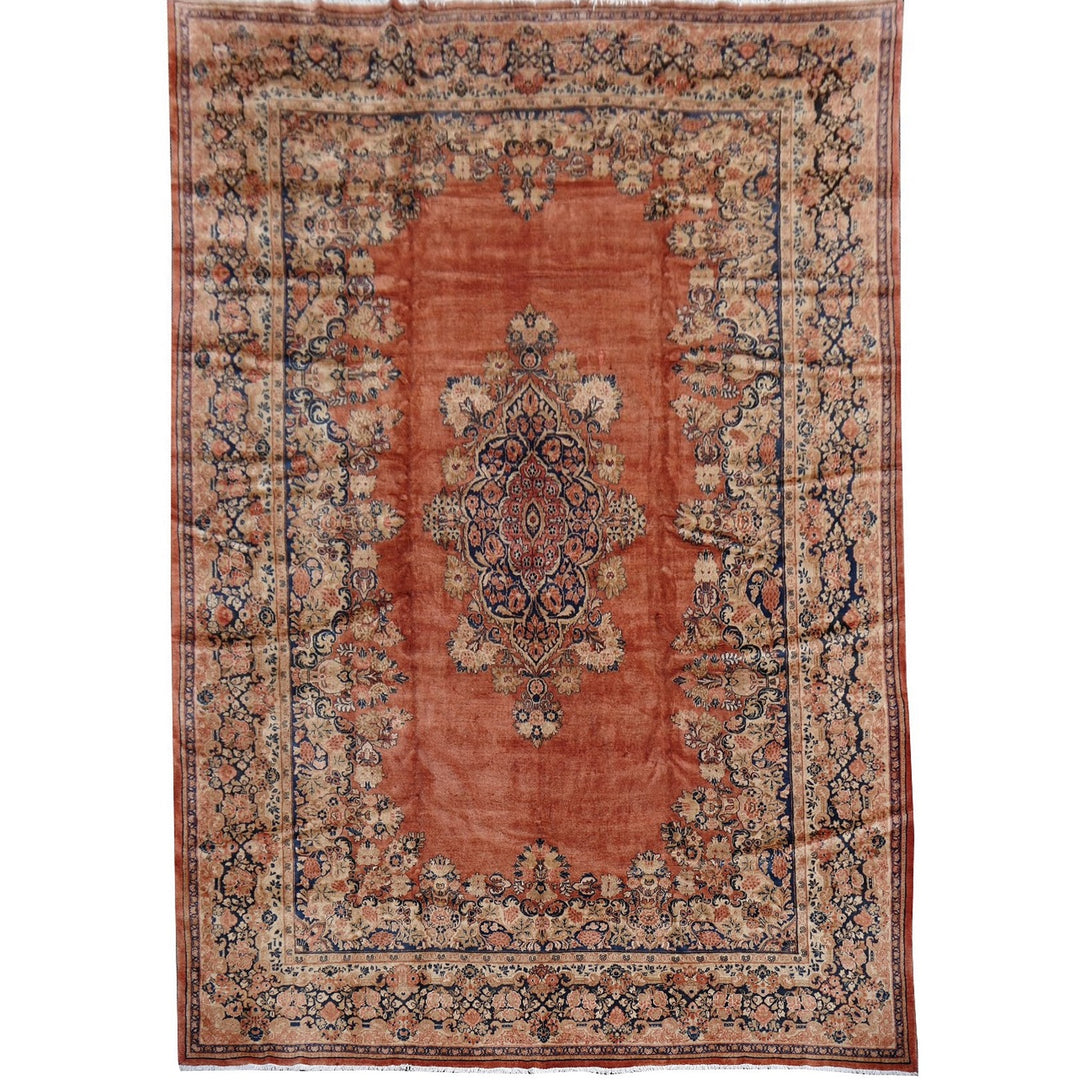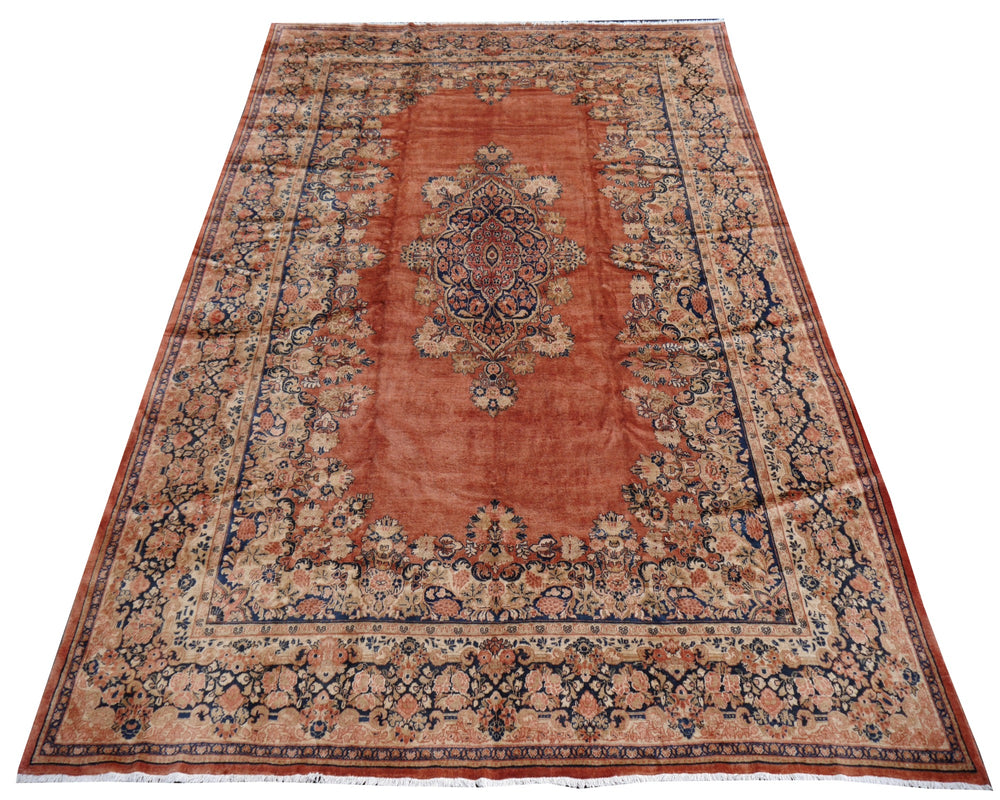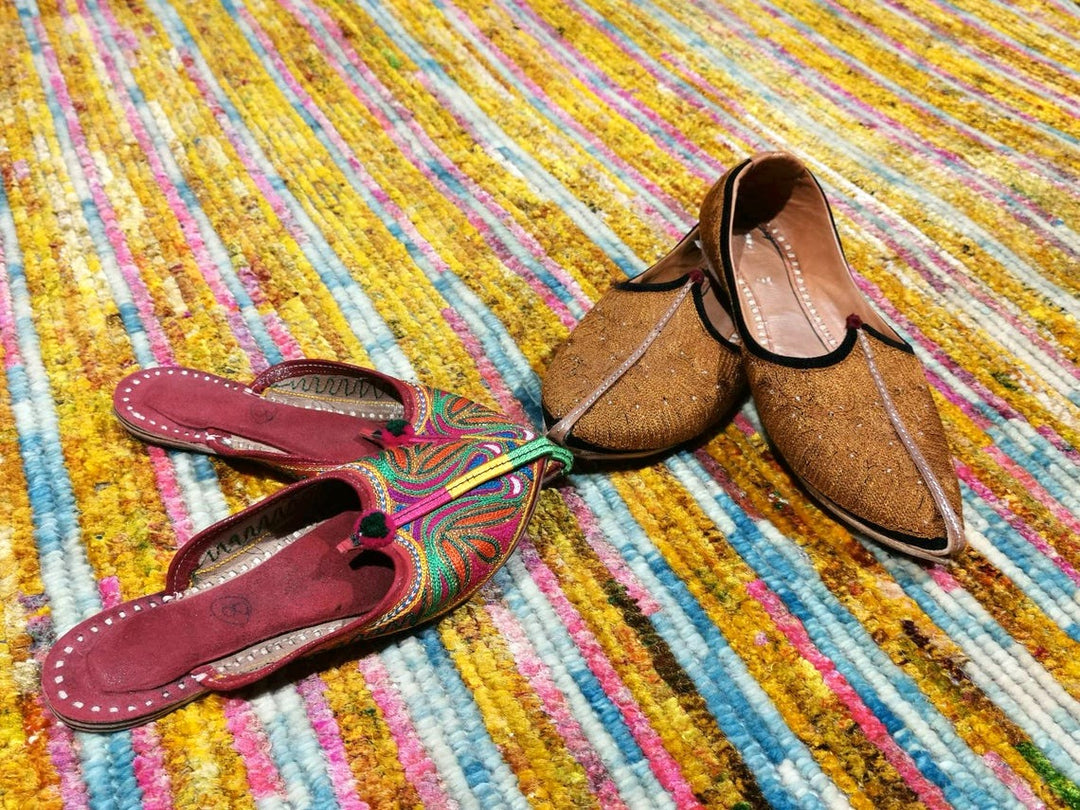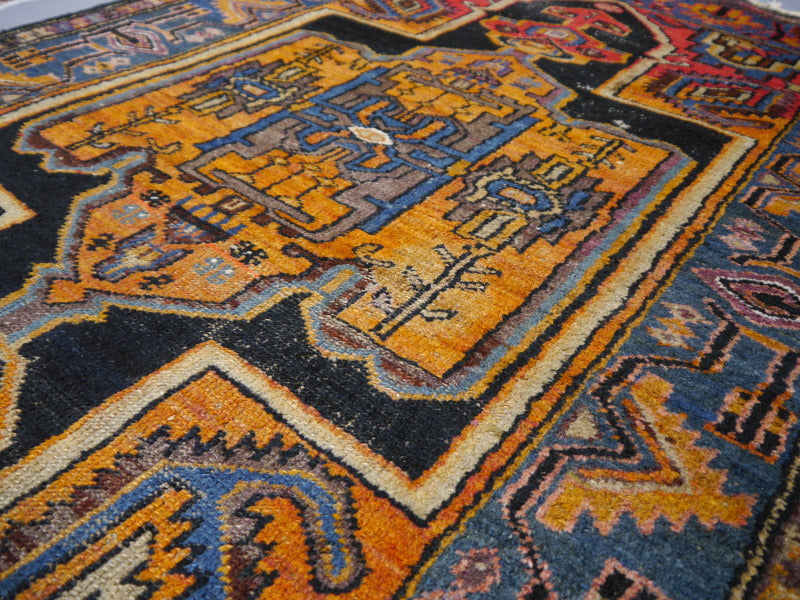Persian Rugs: A Journey Through History, Craftsmanship, and Variety
1. The History of Persian Rugs
The tradition of carpet weaving in Persia (modern-day Iran) dates back to antiquity. Persian rugs are believed to have existed as early as the 5th century BC and over the centuries have become one of the most well-known crafts in the world. The earliest evidence of Persian rugs comes from the Greek historian Herodotus, who wrote about the luxurious carpets of Persian kings. Especially famous is the so-called "Pazyryk Carpet," discovered in 1949 in a Siberian burial site and dated to about 2500 years ago.
Over the centuries, carpet weaving evolved into a fine art form. The various dynasties that ruled the Persian empire influenced designs and techniques, resulting in an incredible diversity of patterns and styles. Persian rugs are not just functional objects, but works of art that tell stories and reflect cultural values. They symbolize the wealth of tradition and craftsmanship passed down through generations.
2. The Manufacturing Process of a Persian Rug
The creation of a Persian rug is a long and intricate process requiring a great deal of skill and manual labor. Here’s an overview of the main steps:
a) Shearing the Sheep
The journey of a Persian rug begins with the shearing of the sheep, which provide the wool for the rug. In Iran, there are several breeds of sheep known for their soft, durable wool. The wool from highland sheep is particularly prized due to its fine texture and density, which gives the rug exceptional quality. Wool is usually sheared in spring or autumn, when the animal sheds its thick winter coat.
b) Spinning the Wool
After the shearing, the wool is cleaned and spun into threads. This is done by hand to ensure uniform thickness and strength. The spinning process is crucial for the final quality of the rug. Typically, the wool is spun into thin threads, with varying thickness depending on the type of rug.
c) Dyeing the Wool
Dyeing the wool is a key step in the manufacturing process, requiring skill and experience. Traditionally, natural dyes derived from plants, insects, and minerals are used. Some of the most famous dyes include indigo (blue), pomegranate (red), and turmeric (yellow). While modern carpet weavers also use synthetic dyes, the natural dyes are still highly prized.
d) Knotting the Rug
Once the wool is prepared, it is woven onto a vertical loom, and the knotting process begins. Knotting a rug is a precise and time-consuming task, with some rugs taking weeks or months to complete depending on the complexity of the pattern. A master weaver ties thread by thread, with each knot pair manually anchored into the warp threads. This requires high precision and a great deal of patience. Knotting techniques vary by region, with the Persian knot (Sempteh) being one of the finest.
e) Shearing the Finished Rug
After the knotting is completed, the rug is sheared to the desired height. This process requires attention to ensure that the knots are evenly distributed, and the pattern remains clear and sharp. The shearing is done using a special scissor to trim the threads and create an even, flat appearance.
f) Final Washing of the Rug
The final step in the manufacturing process is washing the rug to remove any excess dye and dirt, and to set the colors. Often, the rug is washed in natural soap water and then sun-dried. This not only cleans the rug but also makes it soft and supple, allowing its beauty and color brilliance to shine.
3. The Most Important Provenances and Their Features
Persian rugs come from different geographical regions known as provenances. Each region has its unique features in terms of materials, patterns, and techniques. Here are some of the most well-known provenances:
a) Isfahan

Isfahan, in central Iran, is known for its exceptionally fine and detailed carpets. These rugs are characterized by their delicate patterns and intricate symmetry. Often floral and medallion-like patterns appear in vibrant colors such as blue, red, and gold. The knot density is particularly high here, which results in a very fine and durable rug.
b) Tabriz

Tabriz, located in northwestern Iran, is known for its carpets with geometric patterns and clear lines. They are often made in strong colors such as blue and red. Tabriz rugs tend to be thicker and more robust, making them ideal for high-traffic areas.
c) Kashan

Kashan rugs from central Iran are famous for their symmetry and use of luxurious materials. The patterns are often floral designs framed by elegant medallions and detailed borders. Kashan rugs are typically in shades of red, blue, and cream.
d) Qom

Qom, south of Tehran, is known for its high-quality rugs, which are particularly finely knotted. The patterns are often extremely detailed and include religious or cultural symbols. Qom rugs are known for their high knot density and exceptional color brilliance.
e) Baluch

Baluch rugs come from nomadic tribes in southeastern Iran and are known for their rustic, simple beauty. The patterns are often abstract and contain symbols of cultural significance to the nomads. The colors are typically muted, usually in shades of blue, brown, and red.
f) Heriz

Heriz rugs come from the northwestern region of Iran, especially around the Heriz area. They are known for their bold, geometric patterns and sturdy materials. The colors are often vibrant, with strong reds, blues, and oranges. Heriz rugs are particularly durable and ideal for daily use in high-traffic areas.
g) Kirman

Kirman, located in southern Iran, is known for its elegant and luxurious rugs that feature delicate, floral patterns and the finest weaving techniques. Common motifs include roses, bouquets, and other floral elements set against soft, harmonious backgrounds. Kirman rugs are particularly known for their high knot density and vibrant colors.
h) Sarough

Sarough rugs come from northwestern Iran and are known for their geometric and floral patterns. The colors range from blues and reds to various earthy tones. Sarough rugs are known for their robust quality and durability, making them a popular choice for areas with heavy foot traffic.
i) Mashhad

Mashhad, located in northeastern Iran, is famous for its large-scale rugs often featuring medallion-like designs. These rugs have a high knot density and offer exceptional detail, making them one of the most prestigious provenances. Mashhad rugs are typically in rich colors such as red, blue, and gold.
j) Bachtiari

Bachtiari rugs come from the region between Isfahan and Kerman and are known for their robust and durable qualities. Their patterns are often a mix of geometric and floral designs, with symmetrical medallions and natural elements. The colors are typically earthy tones such as brown, blue, and red.
k) Bidjar

Bidjar rugs from the town of the same name in northwestern Iran are famous for their exceptional durability and tight knotting. Bidjar rugs are characterized by their thick structure and geometric patterns. The colors are often deep reds, blues, and browns, and their sturdy construction makes them particularly suitable for high-traffic areas.
4. Fine Urban Rugs vs. Nomadic Rugs
a) Urban Rugs
Rugs produced in urban areas such as Isfahan, Tabriz, and Kashan are characterized by their high knot density and intricate patterns. These rugs often feature complex, symmetrical designs and fine materials. Typically, these rugs are the result of years of experience and the work of entire family-run businesses. They are usually very durable and make excellent choices for formal, representative spaces.
b) Nomadic Rugs
Nomadic rugs, on the other hand, are simpler and more robust. They are made by nomads in rural areas, often in tents or mobile workshops. The patterns are often abstract and carry symbolic meanings related to nature, spirituality, and the everyday life of the nomads. Nomadic rugs tend to be less densely knotted and have a more rustic appearance, which is influenced by the choice of materials and the less precise techniques. Despite this, they are very resilient and ideal for daily use.
Conclusion
Persian rugs are more than just decorative pieces – they are symbols of Iran’s rich culture, history, and craftsmanship. From shearing the sheep to the final washing process, each rug represents many hours of work and a deep-rooted tradition. Whether as fine works of art from urban production or robust, symbolic pieces from the nomadic culture, every Persian rug tells its own story and is a unique heirloom crafted with love and care.
